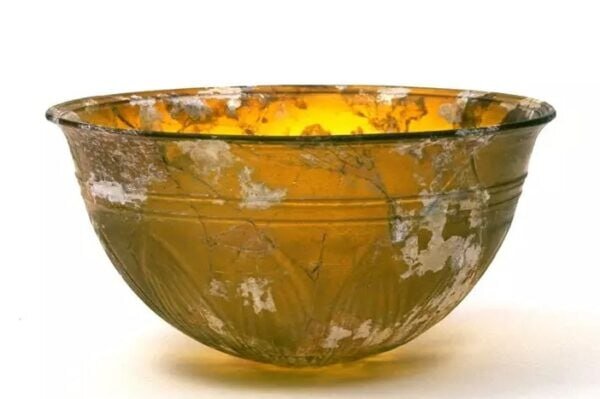Iran is a source of glassworks discovered in Japan and South Korea: museum official

TEHRAN - Archaeological studies show that the glassware found in Japan and South Korea and the span of the ancient Han Empire originate from Iran and its northern province of Gilan, an Iranian museum official says.
Meysam Navaeian, who presides over cultural heritage museums in Gilan, says ancient glassware is one of the cultural and archaeological assets of the northern province, Iran Front Page reported on Sunday.
Navaeian referred to a book titled ‘Persian Glass’ written by Japanese archeologist Shinji Fukai, saying the ancient history researcher was responsible for the archeological excavations of Iran and Iraq over seven decades ago, and he came across historical examples of glass works that he had seen in Japan and South Korea.
In the course of his studies, Fukai found the origin of these glass works to be the north of Iran, the museum official said.
Fukai believed that the production of glass in Gilan dated back to 2,300 years ago in the Parthian era, Navaeian said.
There were large glass workshops in the Deylaman region in northern Iran, and their products were exported to East Asia through Khorshid Road, said Navaeian, adding similar glassworks have also been found in Germany.
According to Encyclopedia Iranica, glass blowing was invented in the Syro-Palestinian region during the Parthian period in the mid-first century BC and quickly spread from there to neighboring regions. Due to this invention, which probably reached Mesopotamia in the first century CE, glassware could be produced more easily and in greater numbers than by the techniques known earlier.
AFM
Leave a Comment